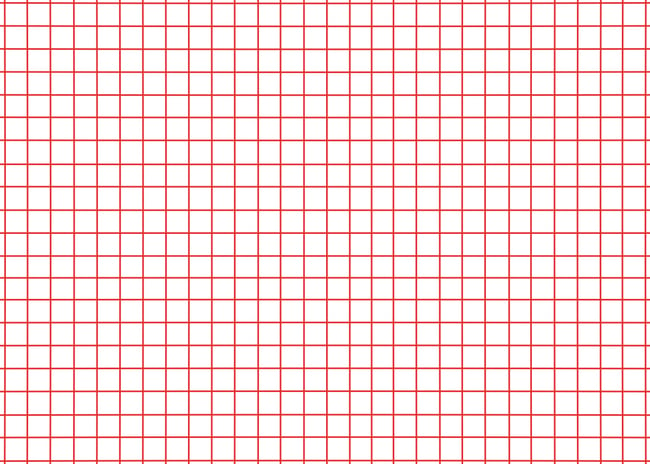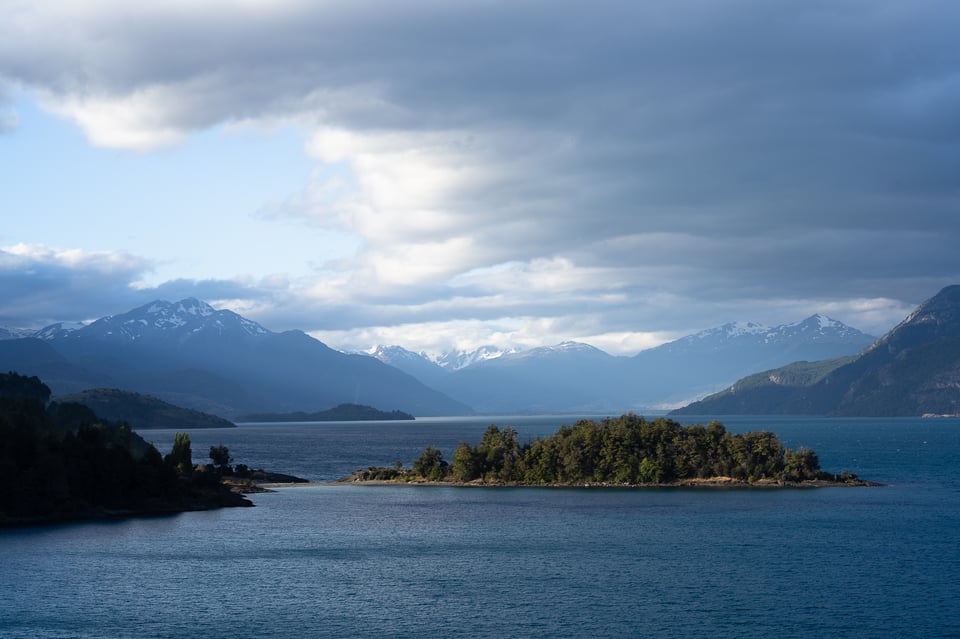Focusing Characteristics
The Voigtlander Nokton 75mm f/1.5 is a manual focus lens. The focus throw is nice and large, roughly half a turn. There is no hard stop at infinity; the lens can focus a little past that point. Engraved on the barrel is a focus distance scale both in feet and meters, as well as a depth of field scale showing every full f-stop from f/8 to f/32.
Today’s cameras make manual focus easier than ever, and I felt like it was no trouble to get sharp photos with this lens. You can use the Voigtlander Nokton 75mm f/1.5 with focus peaking, for example, to hone in on your subject quickly. I enjoyed using a feature of my Nikon Z7 where the focus box turns green upon recognizing an in-focus subject. And for critical sharpness, magnifying the image in the electronic viewfinder essentially guarantees sharp results, although the process is slower compared to autofocus.
Given all this, it is even possible to use this lens to photograph moving subjects as long as they aren’t too unpredictable.

Distortion
The Voigtlander Nokton 75mm f/1.5 has minimal distortion, measuring just 0.35% pincushion distortion in the lab. This is even lower than I had expected, and it’s a welcome sight – especially for a lens that doesn’t have correction profiles available in all post-processing software.
Here’s a simulation of this lens’s distortion:

Vignetting
In uncorrected images, the Voigtlander Nokton 75mm f/1.5 has pretty low levels of vignetting, especially for such a fast lens. It peaks at 1.81 stops when shooting at f/1.5 and focused at infinity. If you focus very closely or stop down, you won’t notice the darker corners very much at all.
Here’s a full chart of vignetting levels:

For reference, anything under 2 stops is usually possible to minimize in post-processing without a significant effect on image quality.
Lateral Chromatic Aberration
There is hardly any lateral chromatic aberration on the Voigtlander Nokton 75mm f/1.5 regardless of aperture. Here’s the chart:

Anything under about one pixel is almost impossible to notice in real-world images, even with chromatic aberration corrections turned off. This lens is easily under that threshold at every aperture! Well done to Voigtlander here.

Sharpness
The Voigtlander Nokton 75mm f/1.5 is an extremely sharp lens. Here’s how it performs in our lab tests:

This is impressive sharpness across the board! The lens is pretty strong even wide open at f/1.5, and it steadily improves as you stop down. The highest central sharpness is at f/4, while landscape photographers will be happiest stopping down to f/5.6 (or narrower). The inevitable effects of diffraction rob some sharpness at the narrower apertures. However, a 75mm lens can run into depth of field problems pretty quickly, and I would never hesitate to shoot at f/16 for something like landscape photography.
I haven’t yet tested any 85mm lenses from Canon or Sony, but I’ll show a pair of Nikon 85mm lens tests for comparison:


As you can see, the Voigtlander Nokton 75mm f/1.5 is similar in sharpness to the excellent Nikon Z 85mm f/1.8 S (though a little weaker in the midframes) and both lenses are much sharper than the F-mount 85mm f/1.4G. Not that sharpness is really the defining characteristic of portrait-oriented lenses, but if it’s something you care about, you’ll be in very good hands with the Voigtlander 75mm f/1.5.
Early Access:
See all of our sharpness tests weeks (or months) before we publish the full review when you become a Photography Life Member! Photography Life Members can also access our Online Workshops, monthly photo critiques, Creative Landscape Photography eBook, and more. Thank you for supporting Photography Life – we are an ad-free website thanks to you.

Bokeh
Bokeh is another word for the qualities of the background blur in a photo. “Good” bokeh is completely subjective, since different photographers have their own preferences for how the background blur looks. That said, photographers commonly want their background blur to be soft, not distracting. Out-of-focus highlights that are round, uniform, and soft-edged are usually considered favorable.
The Voigtlander Nokton 75mm f/1.5 has very soft and pleasant bokeh. Out-of-focus specular highlights are gentle and unobtrusive, in part thanks to the 12-blade aperture diaphragm. You can see an example in the images below:


There is a bit of longitudinal chromatic aberration on this lens (color fringing), but lower than what we often see on fast prime lenses. Even though this is not one of Voigtlander’s “APO” lenses, it still performs well in this area.

I consider the background blur on the Voigtlander Nokton 75mm f/1.5 to be about as pleasant as you’ll find today. It is definitely one of the strengths of this lens. That said, the bokeh is busier in front of the plane of focus, which is normal – usually a lens can only be optimized for one or the other:


The next page of this review sums up everything and explains the pros and cons of the Voigtlander Nokton 75mm f/1.5. So, click the menu below to go to “Verdict”:
Table of Contents